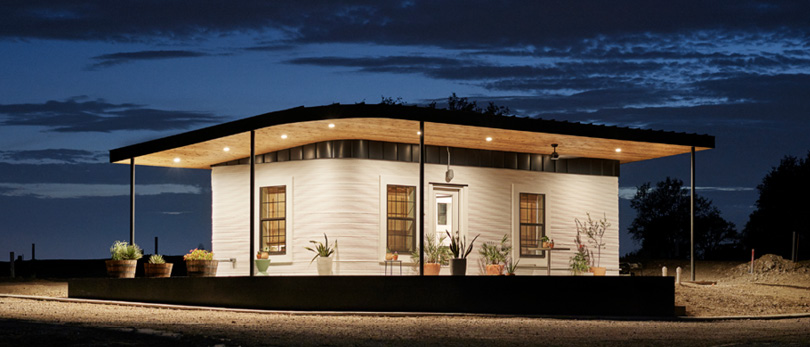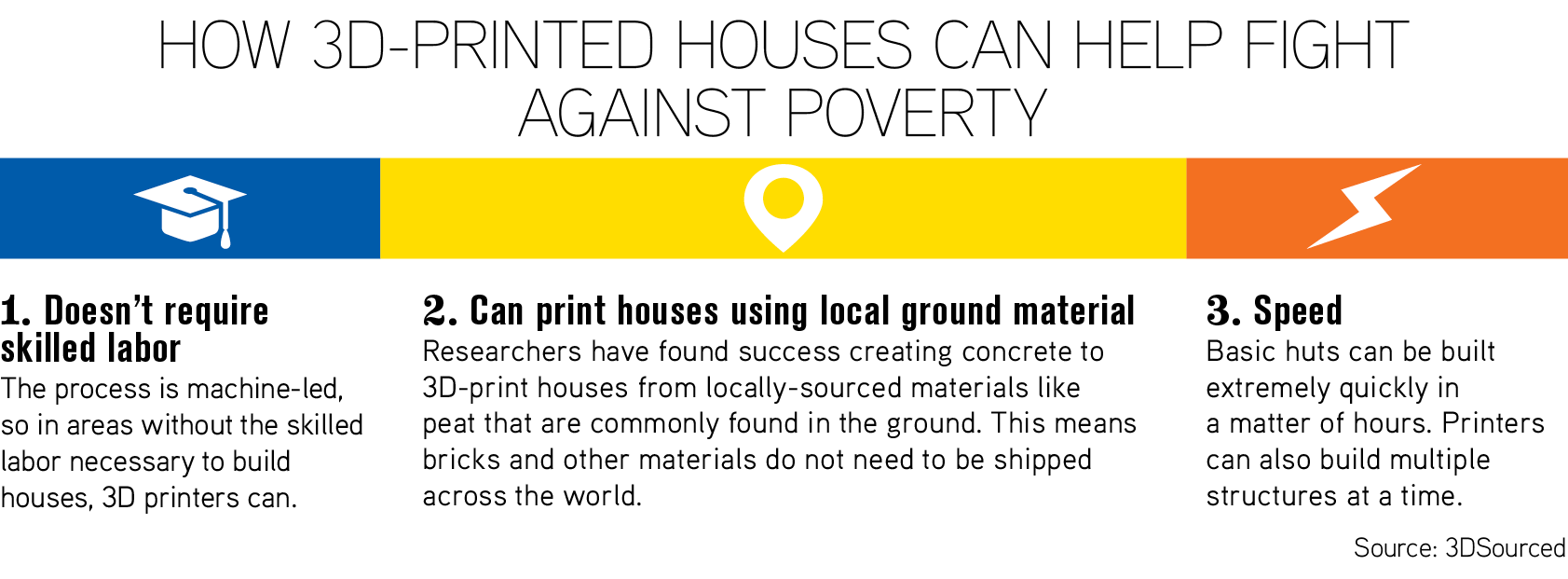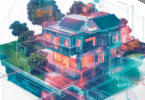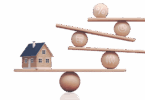What CRS agents should know about the new trend of 3D-printed homes
By Michelle Markelz
When it comes to technology, the real estate sector is not a laggard, but it’s not a leader, either. According to research by McKinsey & Company, when looking at sectors of the U.S. economy, real estate falls right in the middle of the digitization spectrum. In other words, REALTORS® may not be the first to dip a toe in the technology pool. But one technology that the mainstream may finally be ready for is 3D printing, and new housing developments in California and Texas have some REALTORS® encouraging others to come on in—the water’s fine.
3D printing has been around longer than most people realize. The technology’s first patents were filed in the 1980s, but accessibly priced printers have only been on the market for about a decade. While the cost has come down, the utility of these machines is still being defined for many industries. In real estate, two uses are emerging: modeling and construction.
For the average REALTOR®, a 3D printer can be a novel way to produce your own promotional products, but the DIY may not be worth the time and cost. Some agents who work with home builders are using 3D printers to translate floorplans into 3D renderings of homes so that buyers can truly visualize the finished product. The models also make a unique closing gift.
All the new construction that’s fit to print
From the construction side, venture investors are showing confidence in 3D printing as a faster, cheaper and more environmentally friendly way to build homes. Two companies have built or plan to build 3D-printed-home communities in California and Texas this year. The first, ICON, has built 11 homes in Austin, Texas—seven 400-square-foot homes built in conjunction with a nonprofit to benefit people experiencing homelessness, and four single-family homes currently for sale. The second company, Mighty Buildings, is planning a 15-home community in Rancho Mirage, California.
The two companies use slightly different methods to install the homes. While ICON uses an on-site 3D printer to build structures out of a proprietary concrete, Mighty Buildings prefabricates polymer composite panels at its production facility and assembles them on-site. Mighty Buildings’ delivery window is four to seven months. ICON claims it can print a single-
family home’s walls in 24 hours, spread over several days. Both methods rely on some traditional construction methods to finish the homes with things like windows, plumbing and electric.
“The 3D-printed house is going to be a game changer,” says Khoi Le, CRS, with Hunter Chase Realty in Southern California. Le has been following 3D-printed homes for a while and has worked with some interested buyers. Though they went on to buy conventionally built homes, Le says 3D printing has the potential to serve high-end and budget-conscious buyers.
Cost and time savings
One of the biggest differentiators that 3D printing is boasting to consumers is cost competitiveness. Three elements are combining to create a particularly expensive single-family housing market right now: inventory, building materials and labor. According to the National Association of Home Builders (NAHB), available housing inventory is less than 30% of what is needed for a balanced market, causing a supply-and-demand surge in home prices. So far in 2021, lumber prices have spiked over $1,000 per thousand board feet more than once. Those figures easily surpass the previous all-time high of $984 per thousand board feet (set in September 2020) and are more than double some of the highest prices seen over the last three decades. NAHB also reports that there is a shortage of the skilled labor required for traditional homebuilding, further constraining inventory.
While 3D-printed homes do rely on lumber for some aspects of the construction, they require far less. What’s more, the concrete and polymer mixtures used in the printing processes don’t go to waste the way traditional materials that must be cut to size do. The number of people required to assemble the homes can be as few as three, according to ICON, and they do not have to be tradespeople.
ICON CEO Jason Ballard told CNBC that his printing method shaves 10%–30% off home construction prices. Starting at $595,000, Mighty Buildings’ Rancho Mirage houses list at about twice the median square foot cost of the area, but they promise net-zero energy profiles and smart home technology.
The verdict: TBD
While the Rancho Mirage development sold out within days of launching its presale, the East Austin development still has some models available for purchase. It’s not clear whether the houses were purchased as residences or investments. NAHB finds that the South and West regions are leading the way for single-family home starts, and single-family rental demand is growing as well, making these communities good proving grounds for the appetite for 3D-printed homes.
“The biggest challenge is consumer acceptability,” Le says. “3D-printed houses tend to look the same, but the difference in finishes can be glaring to some buyers. Some folks believe that something built in a mere two days is not the same quality as the time-tested and traditional structures we all are used to. Builders will need to overcome all these psychological hurdles with buyers to be mainstream.”
If consumer demand is substantial, it may be difficult for the industry to scale up with so few printers. Also, lumber is not the only material squeezing home supply. “3D-printed houses will face the same challenges as traditional houses if there is a shortage in windows, sinks or appliances,” Le says, which can drive up cost and slow production.
Buyers will be looking to REALTORS® to educate them on these benefits and risks, and those who can offer their clients the best insight will differentiate themselves from the pack.
Advantages of 3D-printed houses vs. Traditional Housebuilding
Cheaper—A large part of the cost in building a house is the labor involved, as homes take so long to construct. A 3D-printed house only requires one person to monitor it, thereby vastly reducing costs involved in building a house—though there is the counterargument of putting people out of work.
Faster—Houses can take between four to six months to build on average, but a 3D printer can print the structure of a house in just a day. With effective contractors to put doors, roofs and windows in, this means completed houses could be built in just a few weeks.
Better for the environment—Since 3D printing is a form of additive manufacturing, there is no waste left over. Therefore, in the building of 3D-printed houses, less concrete and other materials are used, benefiting the environment.
More options architecturally—Because 3D printing allows for accuracy far beyond what humans are capable of, complex designs can be created by 3D printers of all shapes and sizes. This is beneficial not just aesthetically, but also in the ability to create houses customized to be as efficient as possible with retaining heat, saving money and creating environments that those with disabilities can live in comfortably.
“What’s Next In the Market?” is a webinar hosted by Leigh Brown, CRS, and will keep you up to date on new market trends.
Photo: Regan Morton Photography









